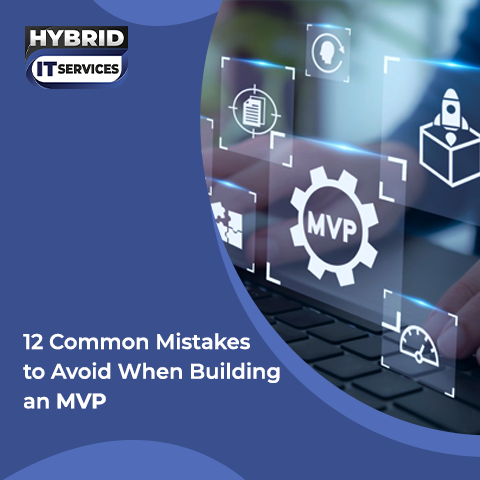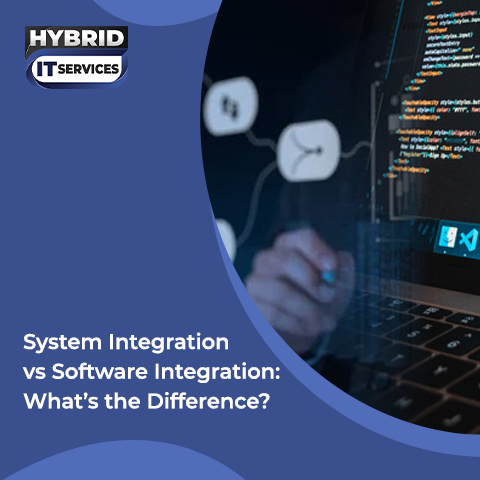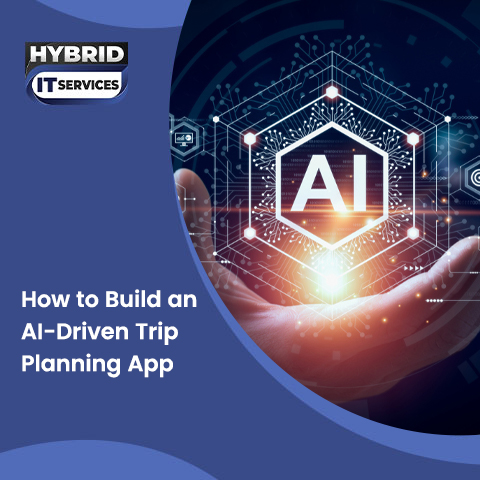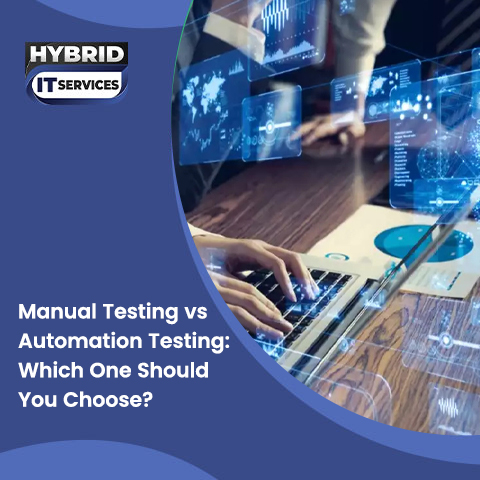Outsourcing has become an integral part of modern business strategy. Allowing companies to focus on their core competencies while delegating specific tasks to external experts. This approach is particularly prevalent in the IT industry. As the demand for specialized skills and cost-effective solutions has led many organizations to explore various outsourcing models.
Whether it's to reduce costs, access cutting-edge technology, or improve service delivery, outsourcing offers a range of benefits. At hybrid IT Services let’s discuss different types of outsourcing and how to choose the right model for your business.
Intricacies of Outsourcing in the IT Industry
Outsourcing in the IT industry is more than just hiring an external vendor to handle tasks. It involves a strategic partnership where both parties work together to achieve mutual goals. The complexities arise from the need to align the outsourced services with the company's overall objectives. Moreover, outsourcing in IT often requires dealing with sensitive data, which brings about concerns related to data security and privacy. Navigating these intricacies requires a deep understanding of the various outsourcing models available and the ability to select the one that best fits your company's needs.
What Are IT Outsourcing Services?
IT outsourcing services refer to the practice of hiring external vendors to manage certain IT functions, tasks, or processes. These services can range from basic tasks such as data entry and customer support to more complex functions like software development, network management, and cybersecurity. Companies opt for IT outsourcing to leverage specialized expertise, reduce operational costs, and improve service quality.
The scope of IT outsourcing can be broad, including everything from infrastructure management to application development and maintenance. By outsourcing these services, companies can focus on their core business activities while ensuring that their IT needs are handled by experts.
Types of IT Outsourcing Models
Understanding the different types of IT outsourcing models is crucial for making an informed decision. These models vary based on the location of the service provider, the relationship between the client and the vendor, and the nature of the services provided. Here's a breakdown of the most common IT outsourcing business models:
Onshore Outsourcing:
This model involves outsourcing IT services to a provider within the same country. Onshore outsourcing offers the advantage of minimal time zone differences and cultural similarities which can enhance communication and collaboration. However, it may come at a higher cost compared to offshore outsourcing.
Nearshore Outsourcing:
In nearshore outsourcing, IT services are outsourced to a neighboring country. This model provides a balance between cost and proximity, offering lower costs than onshore outsourcing while still maintaining relatively close geographic and cultural ties.
Offshore Outsourcing:
Offshore outsourcing involves hiring IT service providers from distant countries, often with significantly lower labor costs. This model is popular for its cost-effectiveness but may require more effort in managing time zone differences, language barriers, and cultural differences.
Managed Services:
In this model, an IT service provider takes full responsibility for managing a specific IT function, such as network monitoring or cloud services. Managed services allow companies to focus on their core business while the provider ensures the smooth operation of the outsourced function.
Project-Based Outsourcing:
This model is ideal for one-time projects, such as software development or system implementation. The outsourcing provider is responsible for completing the project within a specified timeframe and budget.
Dedicated Development Center (DDC):
In this model, a team of IT professionals is dedicated exclusively to a single client's projects. The DDC functions as an extension of the client's in-house team, providing flexibility and control over the outsourced tasks.
IT Outsourcing Pricing Models
In addition to the types of outsourcing models, it's essential to understand the different pricing models used in IT outsourcing. These models determine how costs are calculated and billed for the services provided:
Fixed-Price Model: In this model, the outsourcing provider and the client agree on a fixed price for the entire project or service. This model is suitable for projects with well-defined requirements and timelines, as it offers cost predictability.
Time and Material Model: The time and material model is based on the actual time and resources spent on the project. Clients pay for the hours worked and the materials used, making this model flexible and adaptable to changes in project scope or requirements.
Dedicated Team Model: In this model, a team of IT professionals is dedicated to the client's project, and the client pays a monthly fee for their services. This model provides flexibility and continuous support, making it ideal for long-term projects.
Pay-Per-Use Model: The pay-per-use model charges clients based on the actual usage of services or resources. This model is common in cloud computing services, where clients pay for the computing power, storage, or software they use.
Why Should You Outsource Your IT Services?
Outsourcing IT services can provide several benefits for businesses of all sizes:
Cost Savings: Outsourcing can significantly reduce labor and operational costs, allowing companies to allocate resources more effectively.
Access to Expertise: Outsourcing provides access to a global talent pool of IT professionals with specialized skills and expertise.
Focus on Core Business: By outsourcing IT functions, companies can concentrate on their core business activities, driving growth and innovation.
Scalability: Outsourcing offers the flexibility to scale IT services up or down based on business needs, without the hassle of hiring or laying off employees.
Risk Management: Outsourcing providers often have robust security measures in place, reducing the risk of data breaches and ensuring compliance with industry regulations.
How to Choose the Right IT Outsourcing Models?
Choosing the right IT outsourcing model requires careful consideration of several factors:
- Understand Your Business Needs
- Evaluate the Service Provider
- Consider Cultural and Time Zone Differences
- Determine the Pricing Model
- Plan for Long-Term Collaboration
Understanding Your Project Needs Before Outsourcing
Before deciding to outsource, it's essential to have a clear understanding of your project needs:
Define the Scope: Clearly outline the scope of the project or service you intend to outsource. This includes the tasks to be performed, the expected outcomes, and any specific requirements.
Set Realistic Goals: Establish measurable goals and objectives for the outsourced project. This will help you track progress and evaluate the success of the outsourcing arrangement.
Identify Key Performance Indicators (KPIs): Determine the KPIs that will be used to assess the performance of the outsourcing provider. This could include metrics such as project completion time, quality of deliverables, and customer satisfaction.
Plan for Communication and Collaboration: Establish clear communication channels and collaboration tools to ensure smooth interaction between your in-house team and the outsourcing provider.
Choose Business Process Outsourcing Services in Arizona
Business Process Outsourcing Services in Arizona, there are several local providers offering a range of outsourcing solutions. Whether you need managed services, project-based outsourcing, or a dedicated development team, Arizona's outsourcing firms have the expertise to meet your needs. These providers are well-versed in the latest technologies and industry best practices. Simply ensuring that your IT functions are handled with professionalism and efficiency.
Conclusion
Outsourcing is a powerful strategy for businesses looking to optimize their IT operations, reduce costs, and gain access to specialized expertise. By understanding the different types of IT outsourcing models, pricing structures, and the importance of aligning outsourcing with your business goals. You can make informed decisions that drive success. Whether you're considering onshore, nearshore, or offshore outsourcing, the key is to choose a model that fits your specific needs and fosters a strong partnership with your outsourcing provider.






